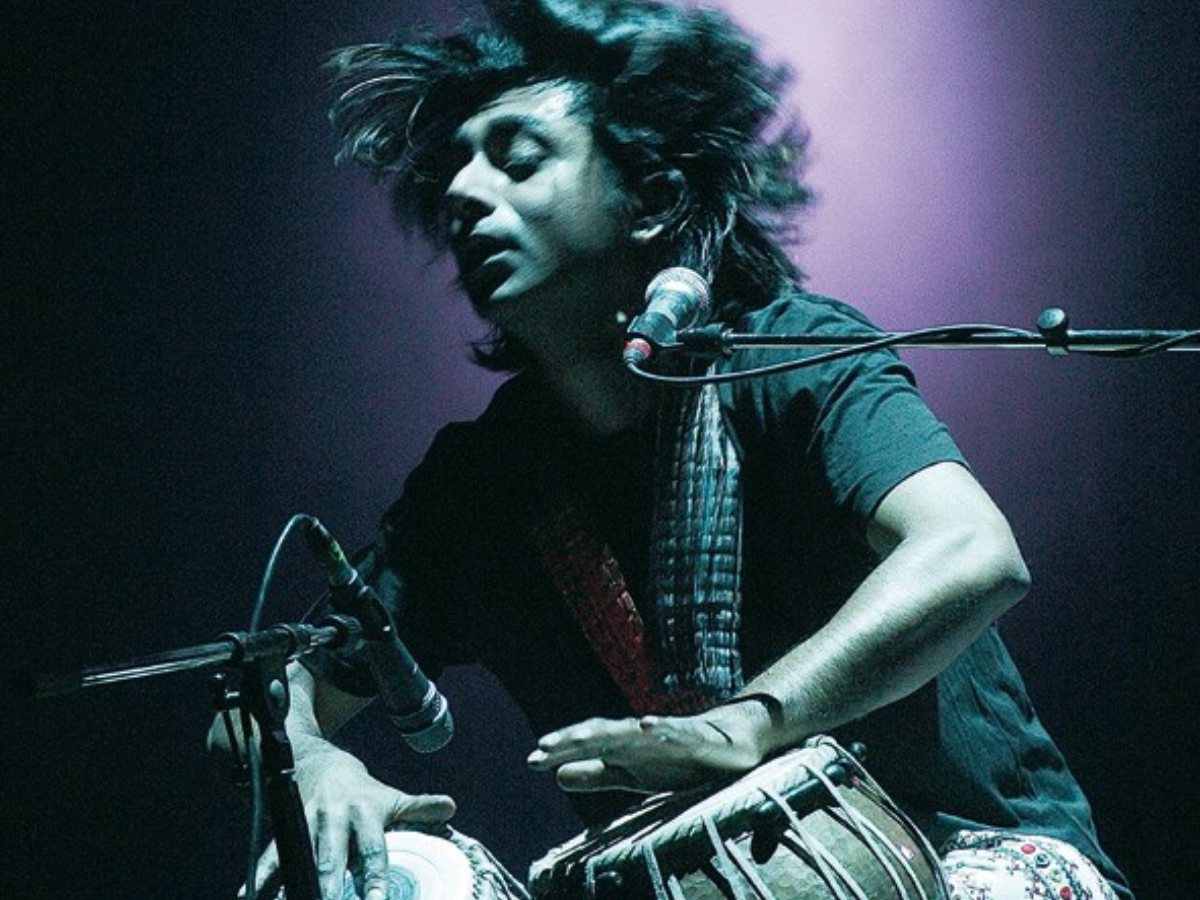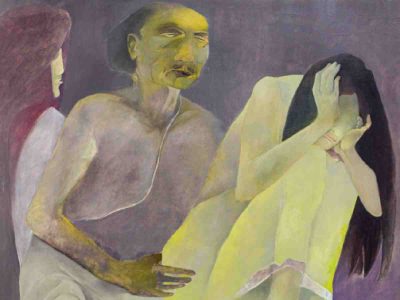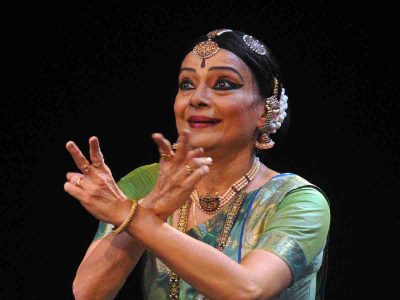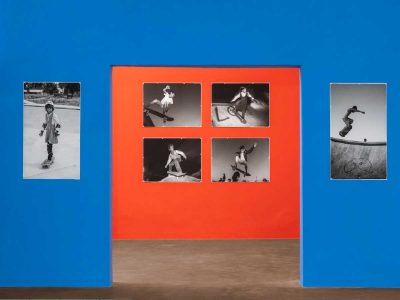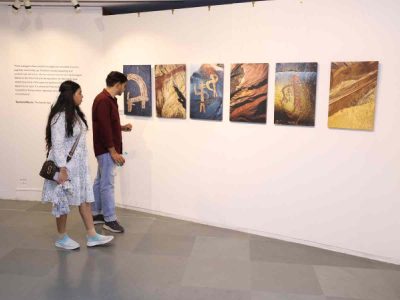Delhiites will be treated to a concert by musician, producer and composer Talvin Singh at Sunder Nursery on January 31. Hosted by India’s leading pop culture brand and platform, Motherland, the concert will be open to all and kickstart the 15th edition of India Art Fair, which begins on February 1, 2024.
Singh, 53, will journey through the classical and contemporary repertoire of tabla and his unique sonic ambient landscape of tabla tarang, gongs, bells and electro acoustics. His solo performance will also explore the contemporary style that incorporates effect processing and granular synthesis.
“I feel honoured to be inaugurating the India Art Fair at the historic and enchanting Sunder Nursery with a solo performance that roots itself in the Punjab gharana, and is influenced by the Delhi percussion gharana,” he said.
London-based Singh is an accomplished tabla player, electronic musician, music theorist, record producer, visual practitioner and DJ. Best known for his mastery over the tabla and for creating music that brings together western, Indian, folk, classical and electronic traditions, Singh is also a Mercury Prize winner and acclaimed as the godfather of the ‘Asian underground’ sound.
Returning to the Indian capital is always special for him, as Delhi is the gateway to Singh’s motherland, and a city where he feels the closest with regards to his music and art influence.
“Delhi has never enjoyed itself as a recording industry, and I want to change that and make it the hub of audiophiliac production,” added Singh, who also plans to set up his new studio in the city.
Singh first came to prominence as a tabla percussionist in London music scene in the 1980s. While still in his mid-teens, he travelled to India for pupilage under tabla maestro of the Punjab school Acharya Pandit Laxman Singh. In the late 1980s, he also became involved in experimental music collaborations, working with Sun Ra and Courtney helping popularise the burgeoning Asian underground sub-culture movement.
Notable for re-introducing the concepts of Indian classical music to western pop, dance and jazz genres in the late 1980s and early 1990s, Singh has also pursued several artistic ventures in conjunction with his music career, including creating the seminal London club ANOKHA, performing at the Tate Gallery in London, creating a sound installation at the Frith Street Gallery in London and composing music for various experimental dance, theatre and film projects.
Over the past two decades, Singh has produced several albums, which have been a mix of collaborative and conceptual as well as single recordings. Nature is the most inspiring element in his music. Singh’s last release in the digital platform was also recorded and mixed in Delhi. Titled Jal, it was for the preservation of the iconic, endangered curlew bird. Further, his sonic art works have also been a focus, and were recently hosted by the Lesson7 gallery in New York City. The piece, titled Vada, is a sonic photographic journal on a south Indian cafe in Mumbai.
In 1990, Singh conceived a hybrid electronic instrument called the ‘Tablatronic’, which was built at the rehearsals ahead of a long Lollapalooza tour of the US.
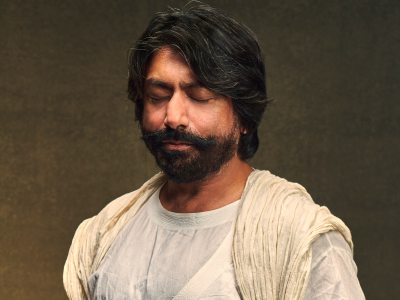
“My frustration of being drowned in a punk rock group was almost bringing me to resign the touring contract, and it was a sleepless time preparing for the tour,” he recalled.
At that point, Singh had worked with many acknowledged and dynamic musicians, such as bass player Doug Wimbish, Kieth Le Blanc and Skip McDonald, all of whom were very intimate with technology and their musicianship. The idea of having a tabla which could be internally connected in line level was developing in his dreamscape, and became reality at the rehearsals before the Lollapalooza tour.
His percussion tech, Dave Newton, helped with building the first ever tabla with internal jack ports at line level. It gave the tabla a processing power of multiple effects, such as reverb, EQ and delay. As a result, Singh’s tabla solo performances around the world in the early 1990s became a rage, and eventually inspired many tabla players.
Over the years, Singh has had some memorable collaborations with various Indian classical musicians, such as Ustad Sultan Khan, Rakesh Chaurasia, Ustad Imrat Khan and Ustad Amjad Ali Khan. Ustad Sultan Khan had always been very close to Singh’s music. They had performed many concerts together and also inspired the ‘Tabla Beat Science Project’.
His collaborative with Chaurasia is one of the highest selling albums, and hits almost a million plays on Spotify.
“I feel blessed that many legendary musicians have helped in shaping my musicality today – whether it’s accompanying them on the tabla or just having the opportunity to listen to their music,” he said.
Apart from that, Ryuichi Sakamoto has also been a huge influence on Singh’s music composition and productions, and has been a great support as well as his mentor.
Singh has also had some notable collaborations with musicians belonging to various other genres, including Bjork, Blondie, Sioux & the Banshees, Madonna, DJ Spooky, The Master Musicians of Jajouka, Jay Z and Ustad Nusrat Fateh Ali Khan.
He recalls the ‘valuable time’ spent making music with Bjork as well as the time they spent playing concerts live and simply just being together in one space and allowing things to happen.
“What we both have in common is improvisational culture in music performance – though it was something that we were both sceptical about when it appeared in an abstract form and without an element of form and architecture,” he said.
This is the reason why he feels that their musical performances, such as Big Time Sexuality, have something very special that captures a musical era.
In 2014, Singh was awarded the OBE (Order of the British Empire) by the Queen for his service to the music industry and awarded the Ivor Novello award for innovation in composition.
The year 2024 has a lot in store for him, in terms of new music releases, concerts and sonic art works. This year, Singh plans to release an EP followed by an anthology of some of his unreleased works. He is also excited to be working on a project that brings us closer to nature with the alchemy of Indian classical music.
“Music practice is the most important work for me, and I enjoy the process of making music as well as the result in production,” he concluded.

